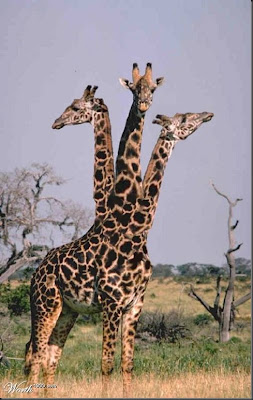As I was driving home earlier tonight a headline on the news captured my attention. Borders Council has decided that, in order to save money, among other measures, it will reduce the number of Headteacher posts. In future, it is proposed, schools will share heads. I am a keen supporter of sharing leadership but is this approach to leadership based on sound business and educational principles or is it driven by a need to cut costs?
''Our new structures as they evolve and settle down will provide schools with greater development capacity.
"This will help us build on our strengths and enable us to maximise on the benefits from the Curriculum for Excellence."
''... the controversial proposal for shared headships could operate successfully but needed to be "monitored and managed effectively".
How many more people will be employed to monitor and manage headteachers? Where is the evidence that supports the move for sharing headteachers across schools as being an effective one for pupils? Does a model of sharing heads across schools actually deliver the goods?
Thursday 18 December 2008
Shared heads - a step too far?
Posted by
Dj Macdonald
at
19:28
0
comments
![]()
Monday 1 December 2008
Leadership

Yesterday afternoon, when I was in the garden with my two daughters, Jenny drew our attention to a sight that has always make me stop what I'm doing and gaze in amazement at the skies above. I am referring to the inspiring sight that is a skein of geese. Seeing the geese in their familiar 'V' formation reminded me of a lecture delivered by Dr Richard Holloway at last Summer's international conference in Edinburgh on School Leadership, in which he suggested that humans had much to learn from nature as far as good examples of leadership is concerned. I hadn't really thought about his analogy, and what as leaders we can learn from geese until yesterday.
The first lesson is: work as a team. Geese migrate long distances flying in V-formation. This formation results in reduced wind resistance, which allows the whole flock to add around 70 percent greater flying range than if each bird flew alone. Geese find out quickly that it pays handsomely to be team players. Second, wise leadership: when the leader at the apex of the V gets tired, it is relieved by another goose. Leaders rotate, empower, delegate, and even step down when it's in the best interest of the team. How often do we see this taking place among organisational leaders? Wise leaders ensure that their followers are well trained and developed in order to achieve true empowerment and smooth succession processes. Third, humane behaviour: if a goose drops to the ground when it gets hurt or sick, two of its colleagues go down with it to take care of it until it either gets healthier or dies. In this fast-paced and competitive age, how often do we see managers going out of their way to help colleagues who are in trouble? I am in no doubt that in organisations, morale, productivity, and loyalty increase when employees look after each other and are treated humanely.
Posted by
Dj Macdonald
at
22:01
1 comments
![]()
